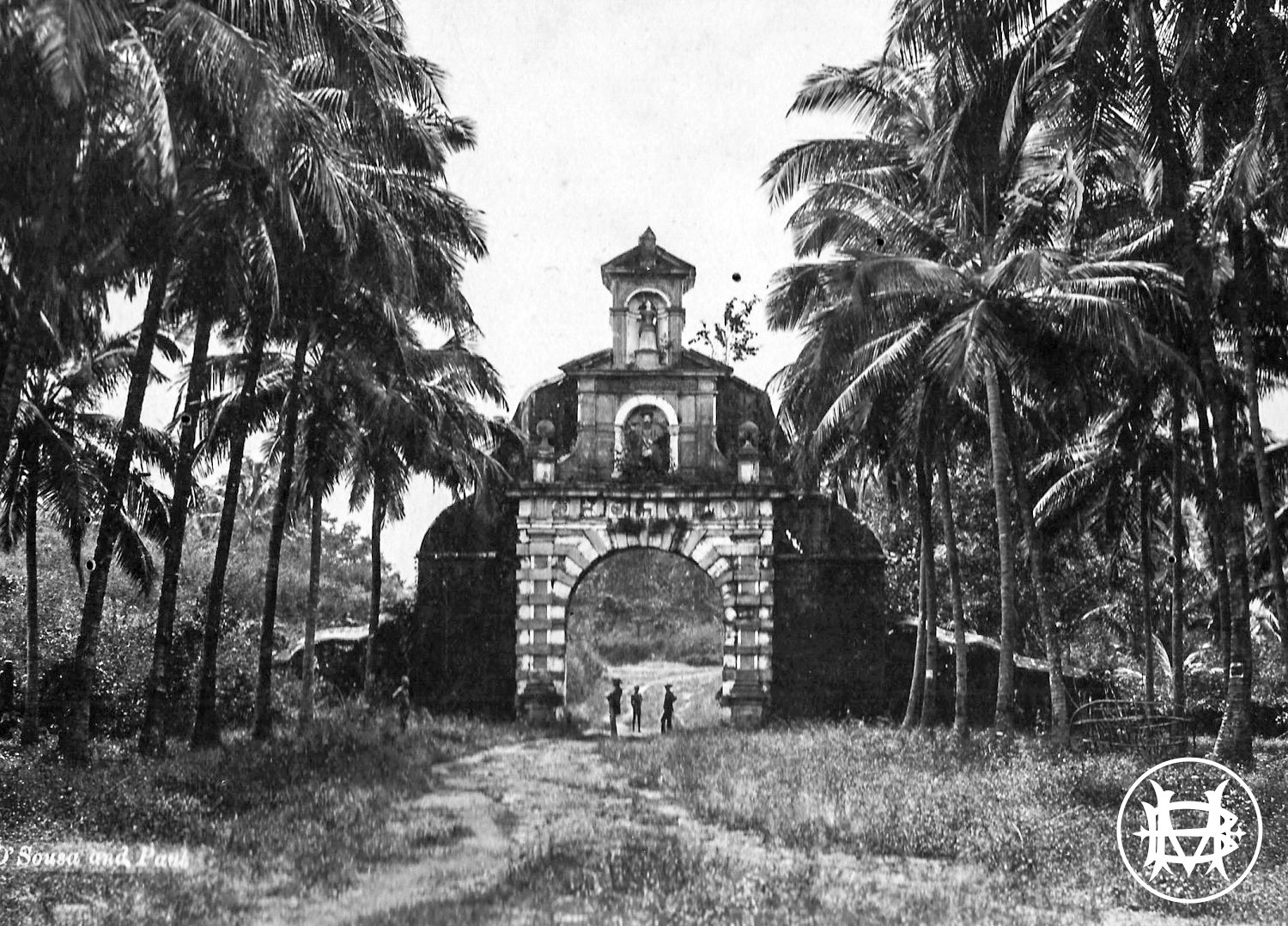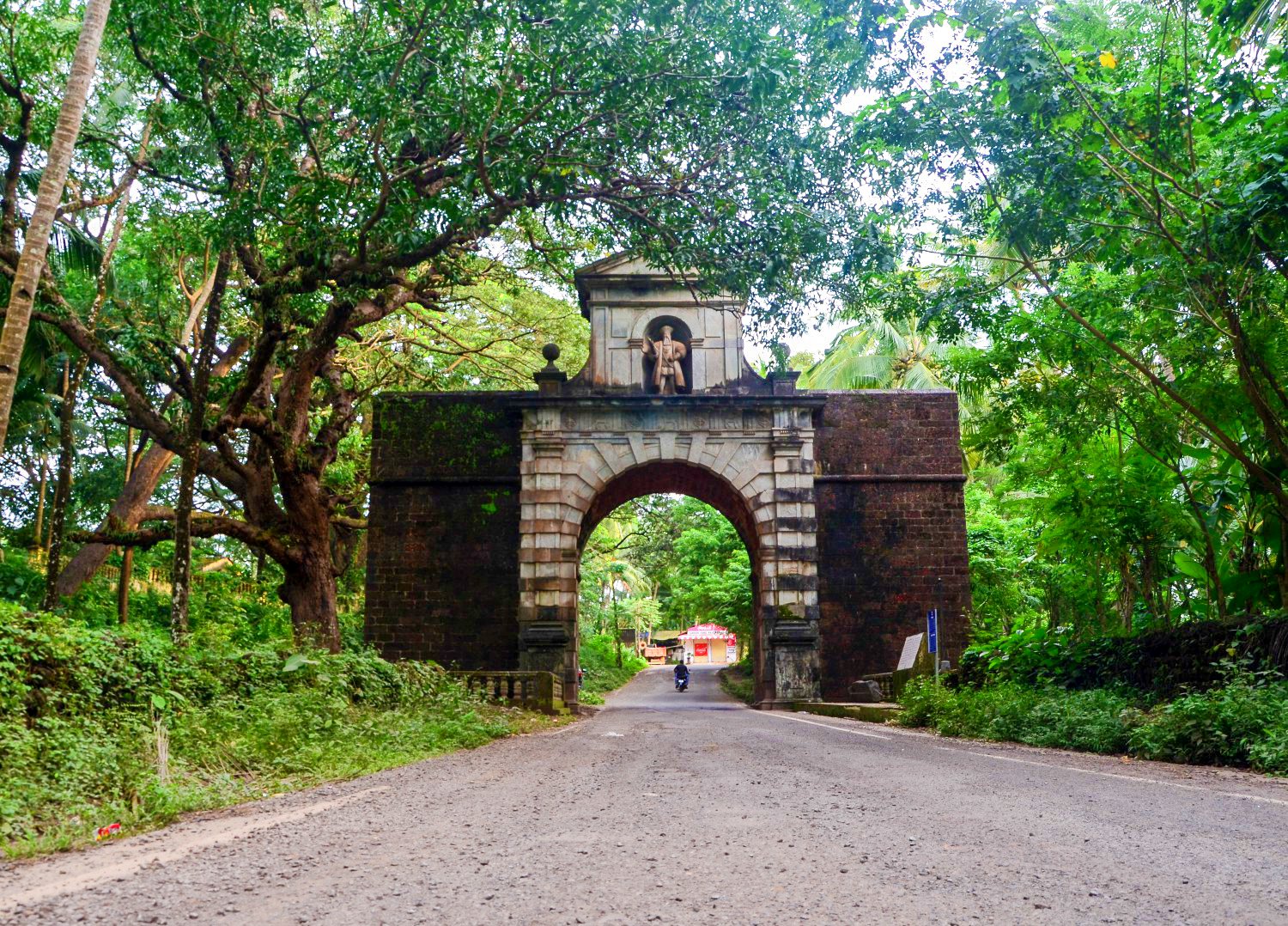

As one walks through the leafy lanes of Old Goa, accompanied by the lingering chimes of church bells, a timeworn sentinel appears – a graceful, solitary stone arch that has witnessed the tides of empire, faith, and maritime ambition. The Viceroy’s Arch, with its weathered façade and regal bearing, might easily be overlooked by the casual visitor, overshadowed by the grandeur of the nearby Se’ Cathedral or the Basilica of Bom Jesus. Yet this quiet monument once served as the ceremonial threshold to the Portuguese empire in the East – and today, it continues to tell tales of conquest, sea voyages, and cultural crossroads.
A Monument of Power and Pride
Originally erected in 1597 by Dom Francisco da Gama, the great-grandson of famed navigator D. Vasco da Gama, the arch marked his appointment as Viceroy of Portuguese India. In a city fortified with high walls and guarded gates, the Viceroy’s Arch stood as one of seven gateways protecting Old Goa (Velha Goa) – then the beating heart of Portugal’s Asian empire.
But the arch was more than a defensive structure – it was a declaration! A tribute not only to Francisco’s personal legacy, but also to his ancestors’ historic voyage linking Europe and India by sea from around the Cape of Good Hope. Vasco da Gama’s epic journey (1497-1499) opened the first direct oceanic route between the Atlantic and the Indian Oceans, forever transforming global trade and colonial power.
Strategically placed at the point where ships from Lisbon would first dock, sailing up the Mandovi River, the arch welcomed incoming viceroys and noblemen in grand processions as they entered the capital to assume command over Portuguese India. It was a moment of spectacle, ceremony, and imperial showmanship.
Layers of Symbolism
Though modest in scale compared to the towering churches of Old Goa, the Viceroy’s Arch is steeped in meaning. Facing the river, on this Arch, is a statue of Vasco da Gama, cast in stone with sword drawn and gaze fixed on the horizon – a permanent guardian of the route he once charted. The arch also bears the Portuguese Royal Coat of Arms, along with the deer emblem from Vasco da Gama’s personal heraldry and the Navigator’s Globe.
Originally, the façade also displayed a statue of St. Catherine of Alexandria, the patron saint of the nearby Se’ Cathedral. According to historical records, Old Goa was conquered from Adilshahi rule on her feast day, and her figure became a powerful symbol of divine favor. Today, the statue is on display at the Archaeological Survey of India Museum nearby.
On the land-facing side, a Crowned Woman towers above a man at her feet. In one hand, she holds a sword; in the other, an open book. Historians interpret this allegorical figure as Christianity triumphing over other faiths – then considered “pagan” – a potent blend of religious zeal and colonial ideology.
A Testament in Stone
Architecturally, the arch is a harmonious blend of European elegance and Goan resources. Corinthian pilasters frame the structure, built from laterite stone once covered in protective lime plaster. An inscription carved across it reads: Hec est Victoria Quae Vincit Mundum, Fides Nostra – “This is the victory that conquers the world, our faith.” Another commemorates Portugal’s independence from Spanish rule.
But the arch was never merely decorative. It was central to colonial protocol. Every incoming viceroy entered Old Goa through this archway in a grand ceremonial procession, receiving the symbolic keys to the city. The road beneath it – then called “Rua Direita”, or “The Main Street” – was the city’s central artery, pulsing with the rhythms of imperial life.
Nearby stood the Fort Palace which served as temporary lodging for incoming Viceroys before they took office, and as a departure point for outgoing ones awaiting the long voyage home. These traditions faded when the capital moved to Panjim in 1843, and the arch’s ceremonial significance gradually waned.
Collapse and Resurrection
Goa’s relentless tropical weather and years of neglect eventually took their toll. In the early 1950s, Portuguese restorer Balthazar Castro undertook a controversial project, stripping away the lime plaster that had shielded the stone for centuries. The exposed laterite proved vulnerable, and a powerful monsoon brought the arch crashing down.
Yet its story did not end there. Recognizing the arch’s cultural importance, Portuguese authorities rebuilt it by 1954. Though the original structure had a third storey, it was not reconstructed. A marble plaque on the land-facing side commemorates the restoration.
A Bridge Between Past and Present
Today, the Viceroy’s Arch no longer marks the arrival of viceroys or royal galleons. Instead, it stands as a relic of shared heritage – one that speaks of explorers and empires, trade winds and sea routes, and the complicated legacy of colonial ambition. Now part of Old Goa’s UNESCO World Heritage Site, the Arch draws travelers who come not only to photograph its aged grandeur but to feel the echoes of history that still linger beneath its shadow.
As you step beneath the arch and look out over the quiet waters of the Mandovi, it’s easy to imagine a different era – when sails dotted the horizon, spices perfumed the air, and the world was still waiting to be mapped.
To pass through the Viceroy’s Arch is to journey through centuries. It is to touch the stone threshold of a world once ruled by daring navigators, powerful kings, and the ever-turning tides of empire.

